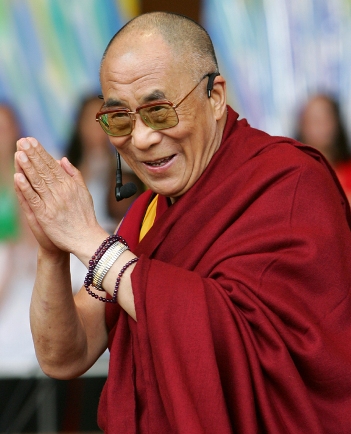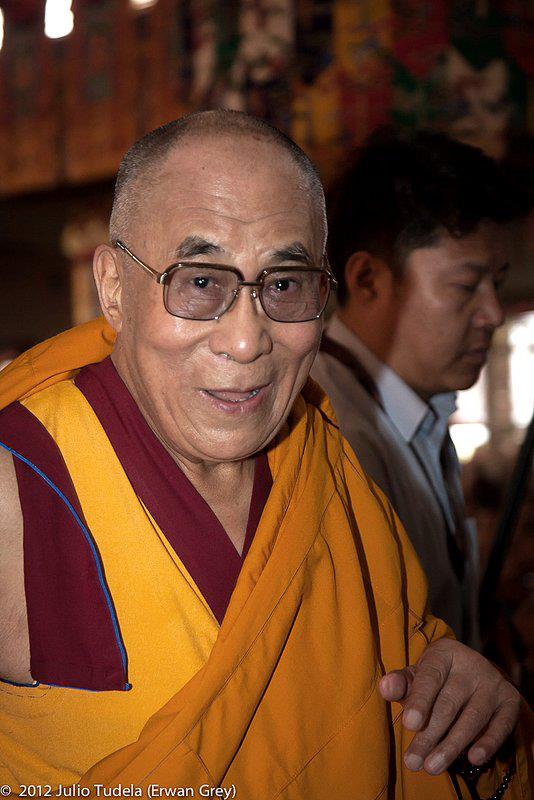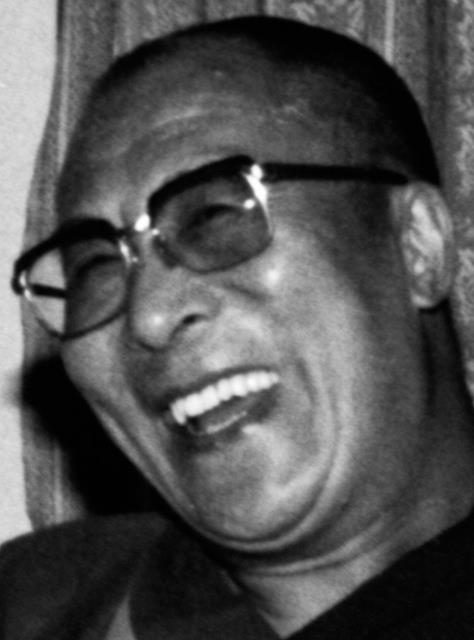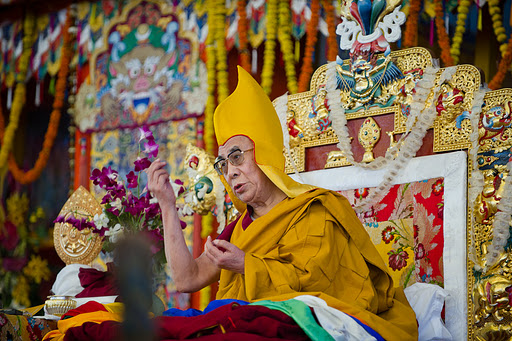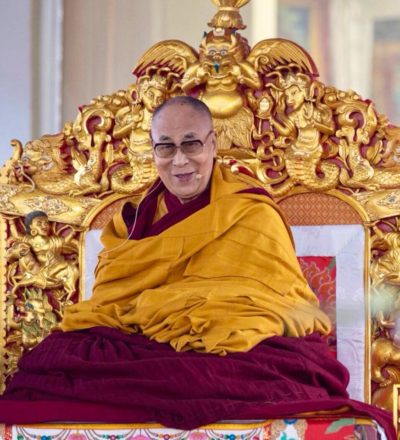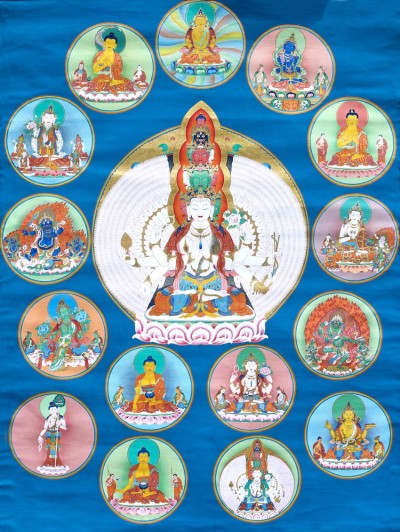
The Sixteen Drops
16 Kadam Drops
At the conclusion of the 2015 Jangchup Lamrim Teachings, His Holiness the Dalai Lama kindly bestowed the Sixteen Drops of Kadam Initiation. Materials related to this initiation can be found below.
Introductory Information
The following excerpt is from the Introduction to The Book of Kadam: The Core Texts, translated by Geshe Thubten Jinpa, which contains more information on the 16 Drops of Kadam Initiation. The Book of Kadam is available from Wisdom Publications here.
In chapter 2 [of The Book of Kadam], Atiśa then specifies his preferred divinities in the context of the second recollection, recalling one’s body as divinities, and makes the well-known selection of Buddha, Acala, Avalokiteśvara, and Tārā as the four gods of Kadam. At one point in the text, in the course of conversations between Atiśa and Dromtönpa on the four divinities, Dromtönpa’s heart opens up and miraculously reveals progressively the entire realm of the Buddha Śākyamuni, the realm of Avalokiteśvara, the realm of Tārā, and finally the realm of Acala. It is here that we also find explicit mention of Avalokiteśvara’s famous six-syllable mantra, oṃ maṇi padme hūṃ. Continue reading
